Major League Baseball has seen its fair share of pitching legends, those who have achieved sublimely low Earned Run Average (ERA) records that have stood the test of time. However, on the opposite end of the spectrum lies an altogether different kind of notoriety: the highest ERAs in MLB history. This dubious honor is a testament to the struggles and off days that even professional athletes endure. In 1930, Phillies pitcher Les Sweetland etched his name into the record books with an ERA of 7.71, the highest in MLB history.
Such figures are often left in the shadow of their more celebrated counterparts, yet they too tell the story of baseball’s rich and varied tapestry. From Jim Deshaies’ 7.39 in 1994 to Jack Knott’s 7.29 in 1936, and Jose Lima’s 6.99 in 2005, these numbers provide a stark contrast to the gleaming career ERAs of legends like Ed Walsh, whose career ERA stands at an impressive 1.816.
Table of Contents
Understanding ERA:
Definition of ERA
ERA serves several purposes. Primarily, it levels the playing field, allowing for comparisons between pitchers who may have played different numbers of games or innings [1]. Secondly, it hones in on the pitcher’s specific role, separating their responsibility from that of the team’s defense. This distinction helps teams evaluate individual contributions and make strategic decisions about their pitching lineup.
A pitcher’s ERA is a pivotal stat that often correlates with their overall success. Typically, the lower a pitcher’s ERA, the more effective they are deemed to be at their primary task: preventing the opposing team from scoring runs.
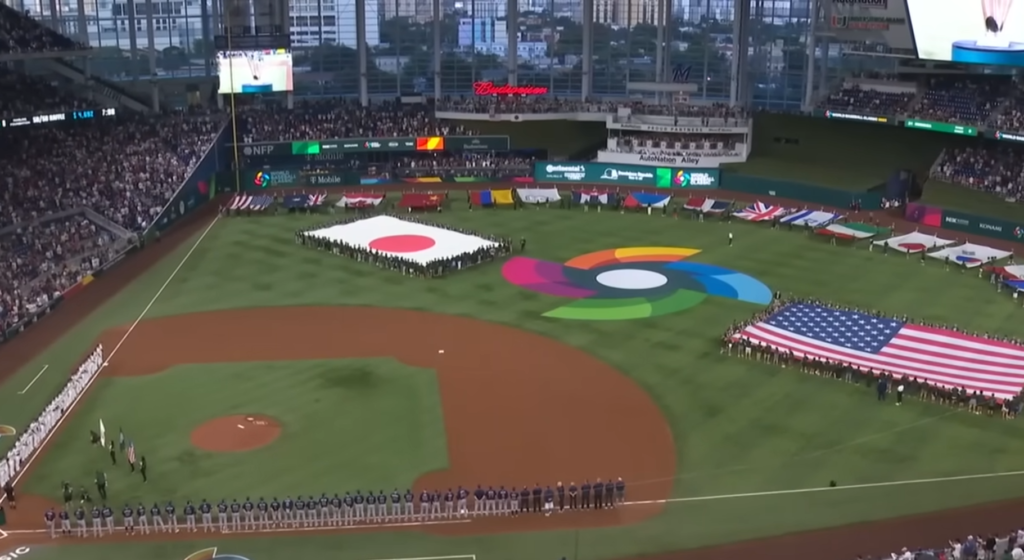
Calculating the Statistic
The formula for calculating ERA is quite simple:
- ERA = (Earned Runs Allowed/Innings Pitched) x 9
Here’s how you would break down the formula to calculate ERA:
- Earned Runs Allowed (ER): Only count the runs that the pitcher has directly given up, not those scored as a result of errors or passed balls;
- Innings Pitched (IP): Calculate the total number of outs the pitcher has achieved and divide by three since there are three outs in an inning. For example, if a pitcher gets 18 outs, that equals 6 innings pitched;
- Multiplication by 9: This factor scales the statistic to a full nine-inning game, which standardizes the ERA across different pitchers regardless of the actual innings each has pitched [2];
Let’s work through an example. Assume a pitcher has allowed 45 earned runs over 150 innings pitched in a season. Applying the formula yields:
- ERA = (45/150) x 9 = 2.70
This pitcher’s ERA signifies that, on average, they allow 2.70 earned runs for every nine innings they pitch.
Limitations of ERA
While ERA is a vital tool for assessing pitching performance, it does come with its share of limitations that must be considered.
First and foremost, ERA does not account for defensive play, which can significantly impact a pitcher’s run allowance. A superb defense can catch difficult flies, turn double plays, and stop many batters from reaching base, thus lowering a pitcher’s ERA regardless of the pitcher’s contribution. On the flip side, even an excellent pitcher might see their ERA climb if their team’s defense frequently commits errors.
Another limitation is the context in which runs are scored. ERA treats all earned runs equally, whether they’re given up in a tight game or when the outcome has been virtually decided. High-leverage situations—such as pitching with bases loaded in a tied game—are not considered within the ERA, yet they arguably reflect more on a pitcher’s proficiency than runs allowed during a blowout.
Also, ERA does not take into account the differences in ballparks. Some parks are famously hitter-friendly, with shorter fences or conditions that favor the batter, while others are pitcher-friendly, with vast outfields and conditions that suppress scoring. ERA does not adjust these variables, potentially skewing a pitcher’s stats due to factors beyond their control [3].
ERA also overlooks the type of hits associated with the runs scored. Allowing three solo home runs looks the same as allowing three runs off a series of singles in terms of ERA, but they may tell different stories about a pitcher’s susceptibility to big plays versus consistency over several at-bats.
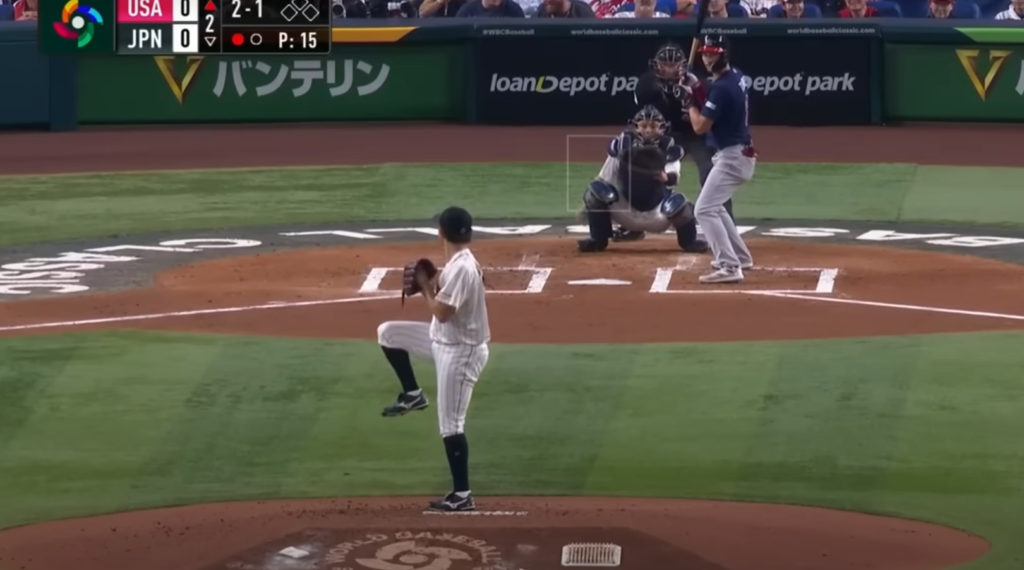
Furthermore, ERA can be influenced by the bullpen. If a starting pitcher leaves the game with runners on base and the relieving pitcher allows those runners to score, those earned runs are attributed to the starter, possibly misrepresenting the reliever’s effectiveness and the starter’s performance.
Lastly, with the increasing use of advanced metrics, ERA is just one piece of the puzzle. Sabermetrics has introduced other measures like FIP (Fielding Independent Pitching), xFIP (expected FIP), and WAR (Wins Above Replacement) which attempt to provide a more nuanced understanding of a pitcher’s performance by isolating specific elements of play and incorporate predictive elements.
Importance of ERA:
Starting Pitchers vs. Relievers
The way ERA is applied and interpreted can vary significantly between starting pitchers and relievers due to their differing roles and the innings they pitch:
- Starting Pitchers: These pitchers begin the game and are typically expected to pitch for several innings. Because of this, their ERA is often seen as more indicative of their ability to perform consistently over a longer duration. A good starting pitcher must have the stamina and strategic variety in their pitching arsenal to face batters multiple times in a game, which means they need to be able to avoid giving up runs throughout their appearance. In this context, ERA is a robust indicator of a starting pitcher’s effectiveness;
- Relievers: On the other hand, relievers come into the game in specific situations, often with the primary goal of maintaining the team’s current standing, whether by holding a lead or keeping the score close. Since they generally pitch fewer innings, usually not facing hitters multiple times, their ERA can be more volatile. A single bad outing can inflate a reliever’s ERA much more than it would for a starter, simply because they have fewer innings to “dilute” the impact of their earned runs allowed. Consequently, while ERA is important for evaluating relievers, it should be considered alongside other metrics such as WHIP (Walks + Hits per Innings Pitched) and situational statistics like holds and saves [4];
ERA Comparisons Across Different Periods
When comparing the ERA of pitchers from different periods, it’s crucial to consider the context in which they pitched:

1) Historical Comparisons
The game of baseball has undergone numerous changes through the decades. Factors such as changes in mound height, the composition and liveliness of the ball, ballpark dimensions, and the quality of hitters have all impacted the typical ERA of a given era. For example, during the “dead-ball” era of the early 20th century, ERAs were generally lower than today because the game emphasized small ball tactics over power hitting, and the ball itself was not conducive to long hits.
On the other hand, in the heart of the “steroid era,” where home runs surged, pitchers’ ERAs tended to be higher. When comparing ERAs across different periods, it’s vital to adjust for these factors to get a fair assessment of a pitcher’s performance relative to their peers of the time.
2) League Averages and Park Factors
Park factors also play a significant role. Some stadiums are known for being hitter-friendly or pitcher-friendly. Pitchers in hitter-friendly parks who have higher ERAs might be performing quite well considering the context, and vice versa. Advanced statistics like ERA+ and adjusted ERA (which normalize ERA to league average and park factors) can offer a more accurate picture of a pitcher’s performance across different periods and environments.
3) Historical Context:
When discussing the best single-season ERAs and all-time ERA leaders, it’s essential to consider the historical context in which these performances occurred. This includes the era of play, the prevailing conditions of the game, and any rule changes that may have influenced pitching performance. Now, let’s explore some of the standout ERA achievements throughout baseball history.

The Best Single-Season ERAs
To provide an accurate overview of the best single-season ERAs, it is important to look at them through the lens of the eras in which they were achieved.
Here are a few notable single-season ERA performances:
- Tim Keefe (1880): Posted an ERA of 0.86 during the early years of professional baseball when the game was vastly different from today, including variations in pitching distance and ball construction;
- Dutch Leonard (1914): Had an ERA of 0.96 in the dead-ball era, a time characterized by low-scoring games and less powerful hitting than in later periods;
- Bob Gibson (1968): Recorded an ERA of 1.12 in what is often referred to as “The Year of the Pitcher.” This performance led to significant rule changes the following year, including lowering the mound height to give hitters a fairer chance;
- Dwight Gooden (1985): With an ERA of 1.53, Gooden dominated in a more modern era of the sport, showcasing that even amidst rising offensive numbers, exceptional pitching could still stand out [5];
It’s crucial to note that these records must be evaluated within the context of the scoring environment of their respective eras. A sub-1.00 ERA in the dead-ball era is impressive but not quite as extraordinary as a comparable figure in a more offensively charged period.
All-Time ERA Leaders
When it comes to the all-time ERA leaders, several names stand out:
- Ed Walsh (1.82 career ERA): Pitched during the early 20th century, and his record is a testament to the era’s low-scoring nature and his personal dominance;
- Addie Joss (1.89 career ERA): Another early 20th-century pitcher, Joss excelled during a time when pitchers had several advantages over hitters [6];
Career ERA leaders from more recent times, such as Clayton Kershaw or Mariano Rivera, reflect excellence in an environment where pitching has become increasingly challenging due to advancements in hitting strategies and athlete conditioning.
When you compare pitchers across different eras, advanced statistics like ERA+ become particularly useful, as they adjust for the league average and the ballpark factors of their time, providing a normalized value that can be used for cross-era comparisons. ERA+ allows us to understand better how a pitcher’s ERA stacks up against their contemporaries, giving a clearer picture of their relative dominance or effectiveness.
The historical context is key to appreciating the remarkable achievements of pitchers with the lowest ERAs in single seasons and over their careers. While raw ERA figures provide a snapshot of a pitcher’s success, understanding the conditions under which they played offers a deeper appreciation of their place in baseball history.

What Are the Major Eras of Major League Baseball History?
The history of Major League Baseball (MLB) can be divided into several distinct eras, each characterized by different playing styles, rules, player characteristics, and societal influences.
Here is an overview of these eras:
1. The Dead-ball Era (1900-1919)
This period was marked by low-scoring games and a lack of home runs. The ball used during this time did not travel as far when hit, due in part to the materials and manufacturing processes. Strategy during the dead-ball era centered around bunts, stolen bases, and hit-and-run plays. Pitchers like Cy Young, Walter Johnson, and Grover Cleveland Alexander dominated the game [7].
2. The Live-ball Era (1920-1941)
Kicking off with the banning of the spitball and the introduction of a newer, livelier ball, this era saw a surge in offensive output, including batting averages and home run totals. This era also includes the Roaring Twenties and the Great Depression, times when players like Babe Ruth became national icons.
3. The Integration Era (1947-1960)
Beginning with Jackie Robinson breaking the color barrier in 1947, this era saw the gradual integration of African-American and Latino players into MLB. The infusion of this new talent changed the game significantly, bringing dynamic players such as Willie Mays and Hank Aaron to the forefront.
4. The Expansion Era (1961-1976)
This era saw MLB expand beyond its traditional geographical boundaries, adding new teams and divisions, and thus, increasing the talent pool. The sport also dealt with issues such as player rights, leading to the creation of free agency after the Curt Flood case.
5. The Free Agency Era (1977-Present)
The advent of free agency fundamentally changed the economics of baseball, giving players more control over their careers and earnings potential. This era has been characterized by significant salary increases, labor disputes, and adjustments to maintain competitive balance.
6. The Steroid Era (1990s-Early 2000s)
While not officially demarcated, the Steroid Era refers to a period when the use of performance-enhancing drugs was reputedly widespread in the sport, leading to some of the most impressive and controversial power-hitting performances in history. This era included high-profile players like Barry Bonds, Mark McGwire, and Sammy Sosa.
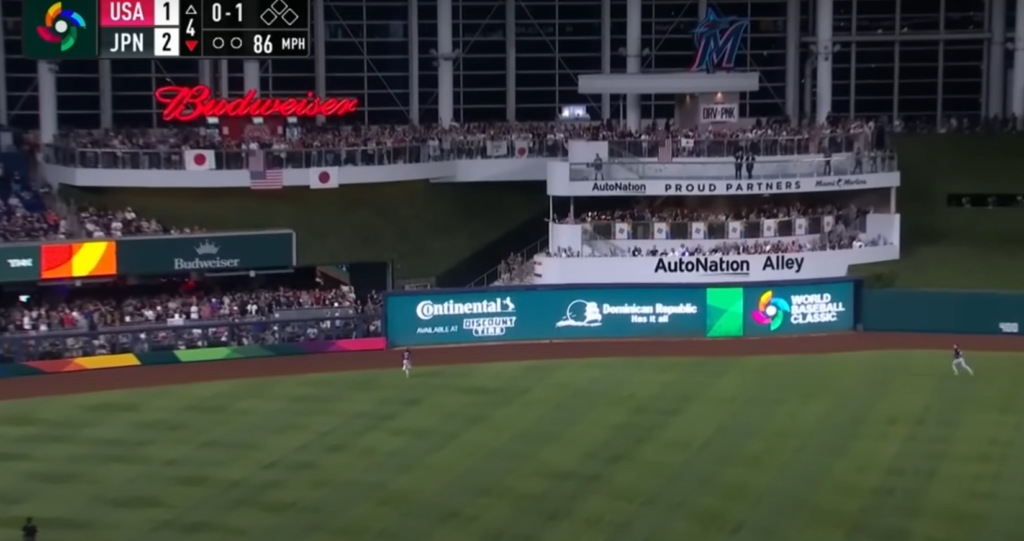
7. The Modern Analytics Era (2000s-Present)
The introduction of advanced statistics and analytics has transformed team management strategies, influencing everything from player evaluations to in-game decision-making. The Moneyball philosophy, widespread use of sabermetrics, and the emphasis on newer stats like WAR and OPS+ characterize this era [8].
Each era reflects changes within the sport itself and the broader social and economic conditions of the time. Understanding these historical contexts helps fans appreciate the evolution of the game and the various factors that have shaped its development.
The Best Records in MLB History:
The best records in MLB regular-season history demonstrate extraordinary levels of team performance throughout a full season. These records are a testament to consistent excellence and dominance in their respective eras.
Here’s a brief overview of each notable record:
Chicago Cubs, 1906
116-36 (.763): The 1906 Chicago Cubs set the record for the best winning percentage in a season. However, they famously lost the World Series to the Chicago White Sox, known as the “Hitless Wonders.”
Pittsburgh Pirates, 1902
103-36 (.741): The 1902 Pirates achieved this impressive record before the modern World Series era began, dominating the National League during the dead-ball era.
Pittsburgh Pirates, 1909
110-42 (.724): The 1909 Pirates were led by Hall of Famer Honus Wagner and capped off their outstanding season by defeating Ty Cobb’s Detroit Tigers in the World Series [9].
Cleveland Indians, 1954
111-43 (.721): The 1954 Cleveland Indians boasted one of the strongest pitching rotations in history and set an American League record for wins, but they were swept by the New York Giants in the World Series, which featured Willie Mays’ famous over-the-shoulder catch.
Seattle Mariners, 2001
116-46 (.716): The 2001 Mariners tied the 1906 Cubs for the most wins in a single season, powered by stars like Ichiro Suzuki and Bret Boone. However, they fell short in the postseason, losing to the New York Yankees in the ALCS.
The Best Record During a Postseason Run: Cincinnati Reds, 1976
When it comes to the postseason, teams have to shift gears and navigate through the high-pressure elimination format of the playoffs. The best postseason run in terms of winning percentage might be attributed to the Cincinnati Reds in 1976.
The Cincinnati Reds, also known as “The Big Red Machine,” swept the postseason, winning all seven games they played. They defeated the Philadelphia Phillies in the National League Championship Series (3-0) and then went on to sweep the New York Yankees in the World Series (4-0), finishing with a perfect postseason record [10].
However, since the expansion of the postseason format, achieving a perfect record has become increasingly difficult due to more rounds of play. The introduction of Wild Card teams, Division Series, Championship Series, and the World Series means that a team must endure several levels of competition to claim a championship, making the Reds’ 1976 run all the more impressive.
Remember, postseason success is not always aligned with regular-season records, as the playoffs often boil down to which team is hot at the right time and can capitalize on their opportunities.
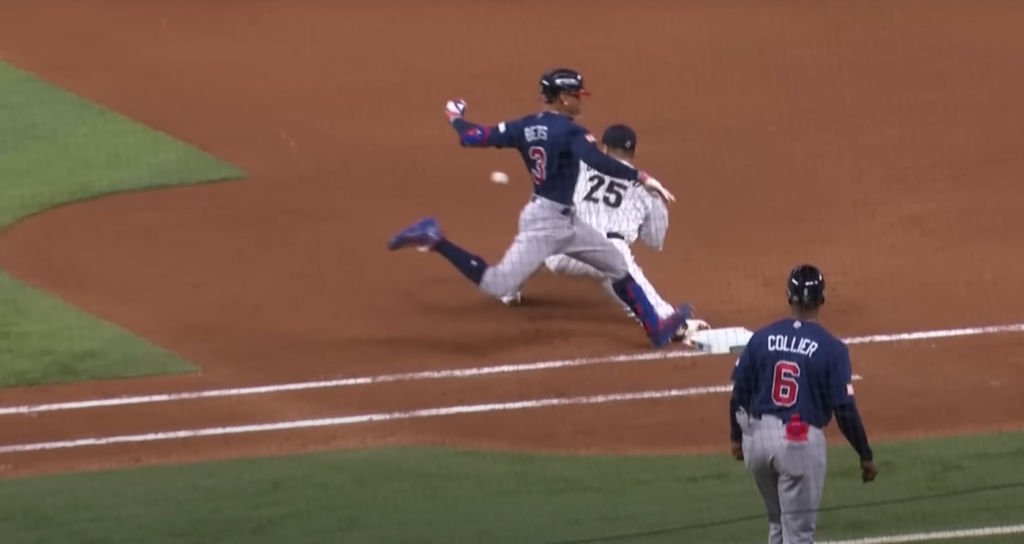
The Best-Hitting MLB Pitchers Of All Time:
When discussing the best-hitting MLB pitchers of all time, it’s important to consider several factors, including batting average, power (home runs and slugging percentage), and overall impact at the plate.
Here’s a rundown of the players you’ve listed:
Brandon Backe
Brandon Backe had moments where he was an effective hitter, especially considering his pitching primary role. His hitting prowess was highlighted during his postseason performances.
Ken Brett
Ken Brett, the brother of Hall of Famer George Brett, was known for being a very good hitting pitcher. Over his career, he had a batting average of .250 and hit a total of 10 home runs.
Bullet Joe Bush
Bullet Joe Bush played in the early part of the 20th century and was an above-average hitting pitcher for his era. He accumulated over 100 RBIs over his long career.
Madison Bumgarner
Madison Bumgarner is one of the more contemporary names on this list, famous for his power at the plate. With multiple home runs in seasons and a reputation for being a genuine threat when batting, he’s certainly one of the top-hitting pitchers of the modern era.
Don Drysdale
Don Drysdale was not just a dominant pitcher but also a very capable hitter. He won three Silver Slugger awards and hit 29 home runs over his career [11].
Bob Gibson
Bob Gibson was known for his intimidating presence on the mound, but he was also quite a hitter. With a career batting average of around .200 and 24 home runs, he contributed to his cause more often than most pitchers.
Babe Ruth
Babe Ruth is a unique case. While he started his career as a pitcher and was very good at it, he’s known primarily for his legendary hitting. Ruth transitioned to become an outfielder and one of the most iconic hitters in baseball history, altering the game forever with his power at the plate.
Dizzy Trout
Dizzy Trout was another pitcher who could handle the bat well. Throughout his career, he posted respectable hitting numbers for a pitcher, with a batting average just shy of .250 and 20 home runs.
These pitchers are remembered not only for their abilities on the mound but also for their contributions to their teams’ offensive efforts. It’s rare to see pitchers who can perform at a high level both pitching and hitting, which makes these players stand out in the history of the game.
While pitchers’ hitting generally took a backseat with the adoption of the designated hitter rule in the American League and its sporadic use in the National League, the universal DH rule implemented in 2022 has largely removed pitchers from the batting equation in all MLB games. This makes the hitting accomplishments of these pitchers even more noteworthy, as they excelled in an aspect of the game that most of their peers did not.
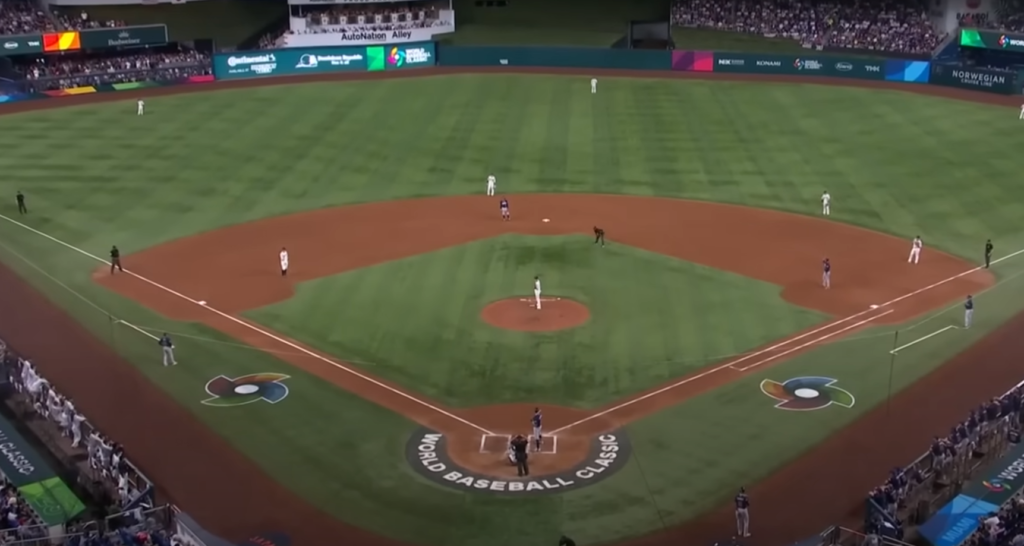
FAQ:
1. Who has the highest ERA in MLB history?
Considering only qualified pitchers (those who pitched at least 1,000 innings), the title goes to Jack Powell, who played in the late 19th century for the Cleveland Blues and Louisville Colonels. His career ERA is a staggering 6.23 over 1,562.1 innings pitched.
For a single season with at least 200 innings pitched, the record belongs to Roy Halladay of the Toronto Blue Jays in 2000. Despite leading the league in complete games and shutouts that year, he finished with an ERA of 10.64. However, some argue that his shortened season due to injury skews the data.
Excluding cases with limited innings, the record might belong to Doc Adkins of the Chicago White Sox in 1917. With 249.1 innings pitched, he posted an ERA of 8.94.
Ultimately, the “highest ERA” title depends on the parameters you consider. Both Jack Powell and George Taylor hold their respective records based on different qualifications.
2. What’s the lowest ERA in MLB history?
The lowest ERA in a single season among qualifying pitchers is 0.96 by Tim Keefe in 1880. Remember that pitching conditions and rules were quite different in the early days of baseball.
3. Is a 3.78 ERA good?
An ERA of 3.78 is considered slightly above average in modern baseball. League average ERA tends to hover around 4.00, depending on the era and offensive environment.
4. What is the best ERA+ ever?
The best single-season ERA+ is 291 by Dutch Leonard in 1914. ERA+ adjusts a pitcher’s ERA according to the ballpark and the league average—100 is the league average, and higher numbers indicate better performance.
5. Is a 1.12 ERA good?
Yes, a 1.12 ERA is exceptional. Bob Gibson famously posted a 1.12 ERA in 1968, which is one of the lowest ERAs in the modern era over a full season.
6. Is a 3.00 ERA good?
Yes, a 3.00 ERA is considered very good in most eras of Major League Baseball.
7. Is 2.50 ERA good?
Yes, a 2.50 ERA is excellent and indicates a high level of pitching performance.
8. What is the oldest age for MLB?
The oldest MLB player ever was Satchel Paige, who pitched at the age of 59. Active players are typically much younger, with few playing into their mid-40s.
9. Who has the lowest ERA with 200 wins?
Among pitchers with at least 200 wins, Mariano Rivera (primarily a reliever) has the lowest career ERA at 2.21. Among starters, it’s Ed Walsh with a 1.82 ERA.
10. What was Bob Gibson’s ERA?
Bob Gibson had a career ERA of 2.91. His most notable season ERA was 1.12 in 1968.
11. What was the worst MLB record ever?
The worst MLB record ever belongs to the 1899 Cleveland Spiders, who finished with a 20-134 record.
12. What is the lowest postseason ERA?
Mariano Rivera holds the record for the lowest postseason ERA at 0.70 over 141 innings in his career.
13. Why is ERA per 9 innings?
ERA is based on a standardized nine-inning game to provide a consistent measure of a pitcher’s performance, regardless of the number of innings they actually pitch.
14. Is ERA calculated over 9 innings?
Yes, ERA is calculated as the number of earned runs a pitcher allows per nine innings pitched.
15. Who hit the hardest baseball in history?
Giancarlo Stanton is known to have hit some of the hardest-hit baseballs ever recorded, with a high exit velocity exceeding 120 mph.
16. Who has the longest winning streak in baseball?
The New York Giants hold the record for the longest winning streak in baseball with 26 consecutive wins in 1916.
17. What is ERA Minus?
ERA Minus, similar to ERA+, is a metric that compares a pitcher’s ERA to the league average, where 100 is average and a lower number indicates better performance.
18. What is the best ERA in a season?
As mentioned, Tim Keefe holds the record for the lowest season ERA at 0.86 in 1880. Modern-era records are held by pitchers like Bob Gibson with 1.12 in 1968.
19. How is an ERA calculated?
ERA is calculated by dividing the total number of earned runs allowed by the number of innings pitched and then multiplying by nine.
20. Who is the best pitcher who ever lived?
This is subjective and debated among fans, but names like Walter Johnson, Sandy Koufax, Cy Young, and more recently, Pedro Martinez and Greg Maddux often come up in such discussions.
21. Can you have a 0 ERA?
Yes, a pitcher can have a 0 ERA if they do not allow any earned runs throughout their appearances. However, maintaining a 0 ERA over many innings or a full season is extremely rare.
22. Who has the best ERA in the league?
This changes every season. For the most up-to-date information, check current MLB statistics.
23. Does ERA matter in baseball?
Yes, ERA is an essential statistic for evaluating pitcher performance, although it doesn’t account for all factors affecting runs allowed, such as team defense. Other advanced metrics are also used alongside ERA for a fuller assessment.
Useful Video: The Biggest Mystery of MLB’s Steroid Era
References:
- https://en.wikipedia.org/wiki/List_of_Major_League_Baseball_career_ERA_leaders
- https://en.wikipedia.org/wiki/List_of_Major_League_Baseball_annual_ERA_leaders
- https://www.reddit.com/r/baseball/comments/10fqs0b/what_is_the_greatest_era_in_mlb_history/
- https://www.baseball-almanac.com/pitching/piera1.shtml
- https://theanalyst.com/eu/2023/06/which-team-finished-with-the-best-record-in-mlb-history/
- https://bleacherreport.com/articles/212284-10-best-and-worst-one-game-careers-in-mlb-history
- https://www.yardbarker.com/mlb/articles/the_best_hitting_mlb_pitchers_of_all_time_010624/s1__32336279#slide_3
- https://medium.com/sportsraid/the-best-pitchers-in-mlb-history-according-to-era-a2278408c950
- https://bolavip.com/en/mlb/Top-25-most-dominating-pitchers-in-MLB-history-20200504-0001.html
- https://thesportjournal.org/article/eras-of-era/
- https://www.huffpost.com/entry/what-are-the-major-eras-o_b_3547814


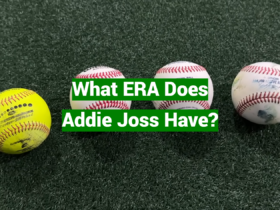



Leave a Reply